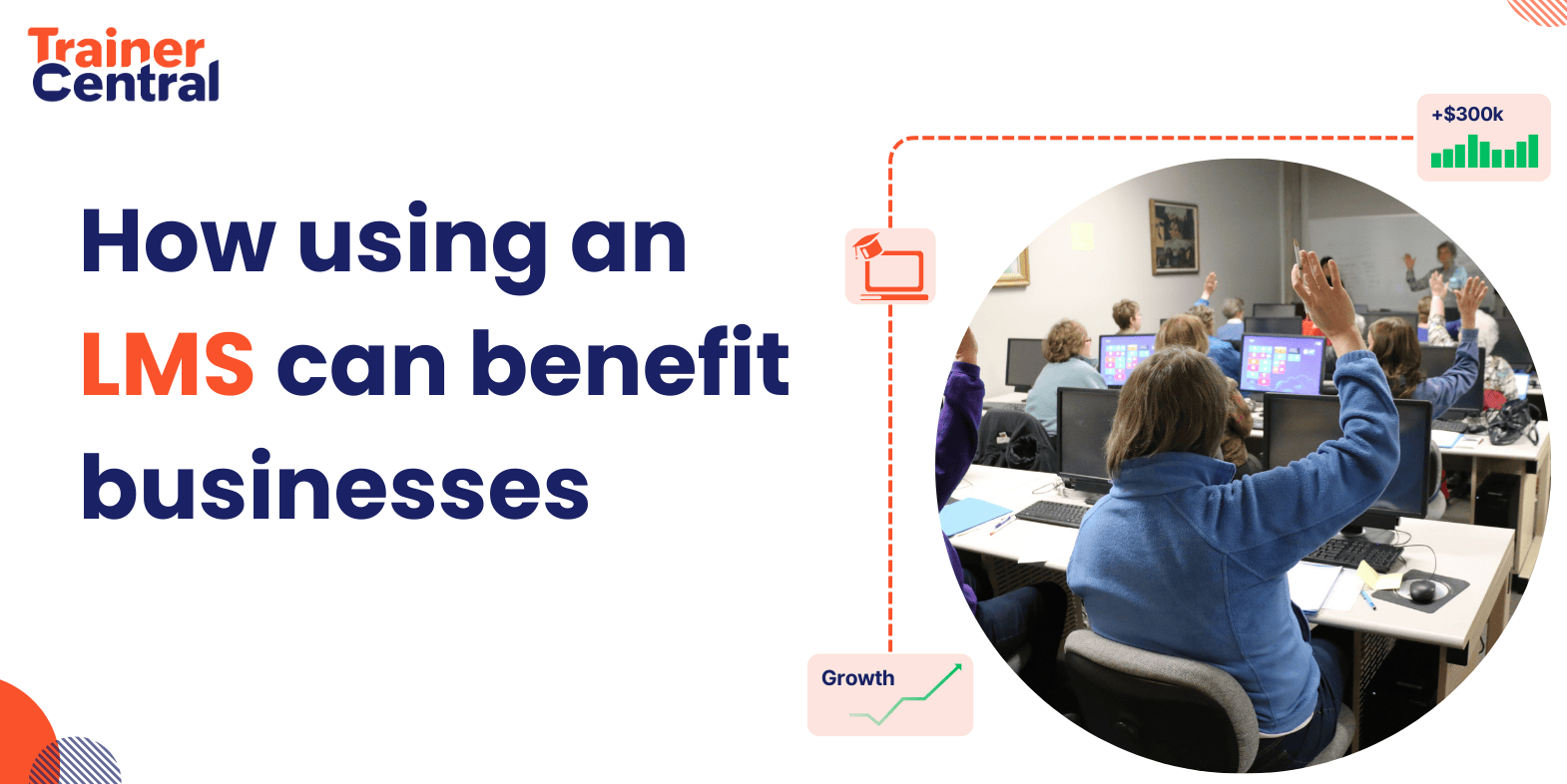- HOME
- E-Learning trends
- Structure your curriculum the right way with sequential learning
Structure your curriculum the right way with sequential learning
- Last Updated : September 14, 2023
- 3.8K Views
- 6 Min Read

Sequential learning is when students go through a course in a specific order set by the teacher. Here, one part of the course should be taken before moving on to the next. Bypassing the contents may result in poor understanding and knowledge retention.
To achieve sequential learning in an online course, the teacher must first understand the logical order in which a skill can be mastered. For example, before teaching your students about earthquakes, they first must have understood the concept of plate tectonics and the earth's magnetic field.
This way, when your students are introduced to the concept of earthquakes, they'll already be familiarized with the major factors involved in it.
Sequential learning: A scientific explanation
To explain the science behind sequential learning, we must first understand the concept of Bloom's Taxonomy. This concept was introduced by Dr. Benjamin Bloom, who identified 3 domains of learning that are required to improve performance.
Cognitive
Attitude
Skills
Bloom further defined learning objectives at six levels for the cognitive domain, which involves knowledge and the development of intellectual skills. This was revised later by Prof. Lorin Anderson, who focused on the tasks performed at each level rather than the outcomes.
Here's a snapshot of the revised and the latest version of the Bloom's taxonomy:

1. Remember: To recall the core concepts
In this first phase, students are required to remember the core idea that surrounds a particular topic. Let's use the example of earthquakes again. To help students be proficient about earthquakes, teachers must help them recall concepts such as tectonic plates, magnetic fields, frictions etc. Because these are the major factors involved in the formation of earthquakes, recalling them is mandatory before moving on to the next phase.
To evaluate if students have recalled the core ideas effectively, teachers can frame questions using verbs like: retrieve, recognize, explain, recall, etc.
Examples
1. Explain how the earth's magnetic field works.
2. Recognize epicenter and hypocenter (this works well with questions embedded with images).
2. Understand: To explain concepts more clearly
Once students have a basic grasp over key ideas, it's time to get a deeper understanding of them. Using our example of earthquakes, students now know what plate tectonics and magnetic fields are. In this phase, students must ponder these more deeply, such as understanding the types of tectonic plates and the elements involved in creating a magnetic field.
Evaluation in this phase can include questions using verbs like: summarize, classify, infer, etc.
Examples
1. Classify the types of tectonic plates.
2. Summarize the formation of the earth's magnetic fields.
3. Determine the formula for calculating the intensity of an earthquake.
3. Apply: To use the information gained and solve new problems
When students have an exceptional understanding of the key ideas, they can use them in new situations. In our case, students can be asked to calculate the intensity and magnitude of a recent earthquake using the ideas learned in the previous phase.
Key words for evaluation in this phase include: differentiate, calculate, predict, etc.
Examples
1. Illustrate how tectonic plate movement causes volcano eruptions.
4. Analyze: To break down concepts and recognize patterns
Students can be given case studies of past earthquakes and asked to compare the magnitude and other factors. This will help students gain a deeper understanding about individual earthquakes and to recognize patterns between them.
Students can be evaluated with questions with these verbs: breakdown, research, analyze, establish, etc.
Examples
1. Use GIS to analyze the impacts of tsunamis generated by earthquakes.
2. Research past earthquakes and arrive at the procedure for preparing seismic hazard maps.
5. Evaluate: To justify and defend a statement
In this phase, students are given an opportunity to express their opinion about the concepts and provide facts that justify them. This further reinforces their understanding of the concepts. A group discussion about the causes of a past earthquake and how its intensity could have been reduced will help students share their opinions.
Key words for evaluation in this phase include: defend, justify, rank, etc.
Examples
1. Rank these earthquakes based on their intensity and magnitude.
2. Explain and justify the precautionary steps to minimize the intensity of an earthquake.
6. Create: To build on what was learned
In the final phase, students are asked to develop something new out of their gained knowledge. This will help them get hands-on learning experience and become an expertise in the concept.
Key words for evaluation in this phase include: develop, create, modify, etc.
Examples
1. Develop a hypothesis on the effects of a 12.0 magnitude earthquake.
Students can become an expert in any topic only if they proceed through the six phases in sequence. Bypassing any phases will confuse students, making their learning process a lot more tedious. This is why sequential learning is important for your students to get the best learning outcome. Therefore, you must create your course curriculum in a way that covers the phases of Bloom's Taxonomy in order.
Designing your course curriculum using Bloom's Taxonomy
Structuring your curriculum in the sequence of Bloom's Taxonomy helps both you and your students to be clear about the lesson objectives. Having a clear lesson objective helps students know what they'll be learning in each lesson. This will also help you add relevant course materials to lessons.
Example of a course curriculum using Bloom's Taxonomy
For example, let's take a course on playing the guitar. (This is not an exact course, just an instance of how a sequenced guitar course curriculum might look.)
Chapter 1: The right way to hold a guitar (Remember)
Chapter 2: Chord block diagrams and maps of the fretboard (Remember)
Chapter 3: Identifying the parts of guitar (Remember)
Chapter 4: Picking and strumming techniques (Understand)
Chapter 5: Performing A minor and E major chords (Apply)
Chapter 6: Other major and minor scales (Analyze)
Chapter 7: Online discussion with peer group (Evaluate)
Chapter 8: Performing songs using D,A,E chords (Create)
Implementing sequential learning with TrainerCentral
To gain the complete effectiveness of Bloom's Taxonomy, you need to mandate certain requirements of your course apart from structuring your course in the right order. In the example of the guitar course, if students skip the fourth chapter and move to the fifth one, they won't be able to play the chords because they haven't been familiarized with strumming techniques.
To avoid this, course platforms like TrainerCentral have course compliance settings that let you configure certain requirements that learners have to fulfill in order to move from one chapter to the next.

For example, enabling the Mandate lesson order feature allows your students to access your course only in the order that you've set. This prevents students from bypassing chapters.
Enabling other features, like Enforcing lesson completion based on percentage, mandates students to complete a specific percentage of the course material before proceeding to the next chapter. Using the example of the guitar course, suppose you've added a 5-minute video in chapter 4 and entered the percentage value in the Enforcing lesson completion based on percentage field as 50%. This means that students will need to watch at least 2:30 minutes of the video in order to proceed to chapter 5.
Read more about course compliance here.
Conclusion
Proceeding through a course in an order that slowly transits from basic to advanced concepts helps your students grasp the core ideas more efficiently. With Bloom's Taxonomy, you can easily structure your course curriculum in a progressive order. Also, with the compliance settings available on course platforms, you can ensure that your students are moving through your course only in the order that you've configured.


